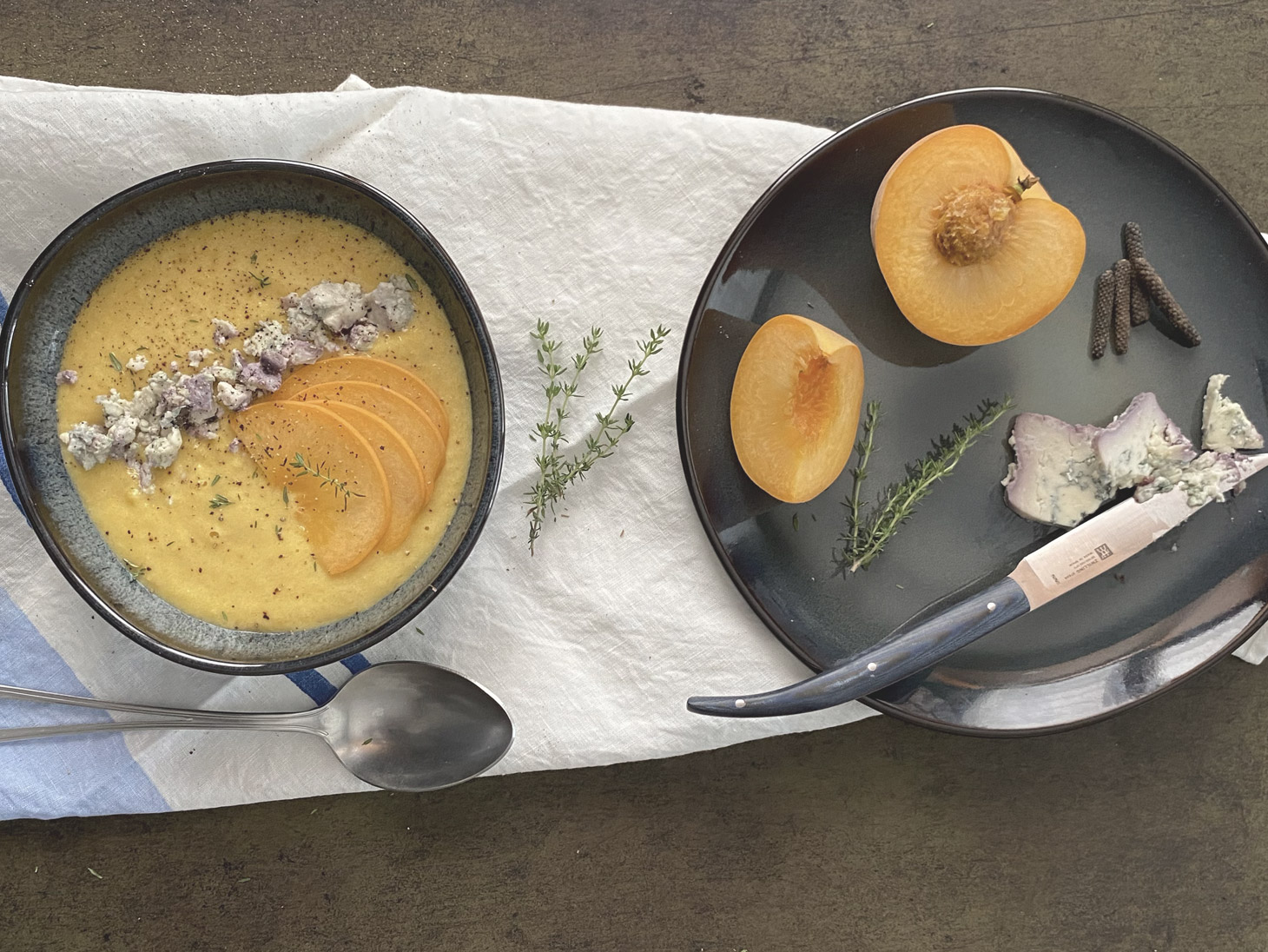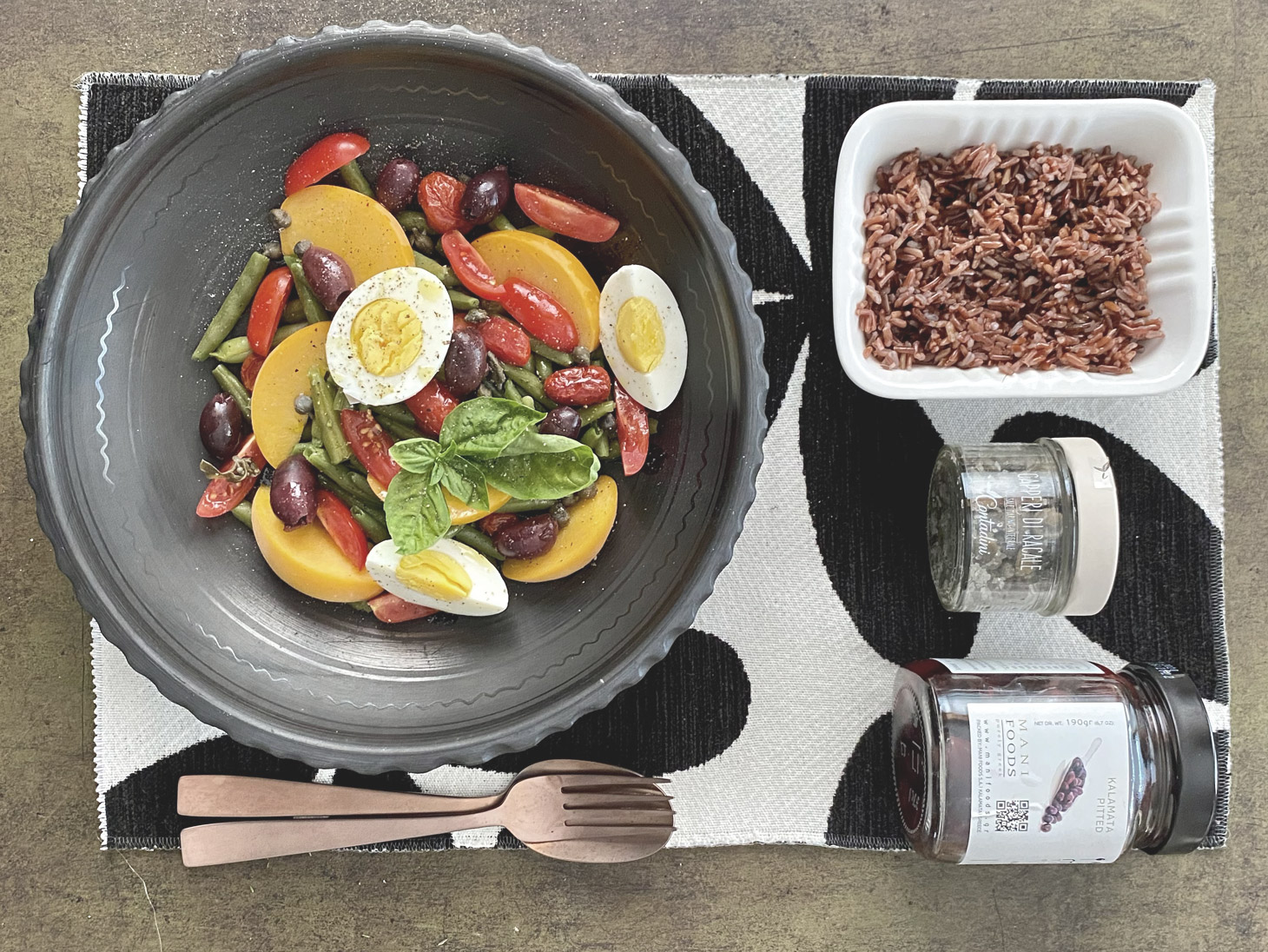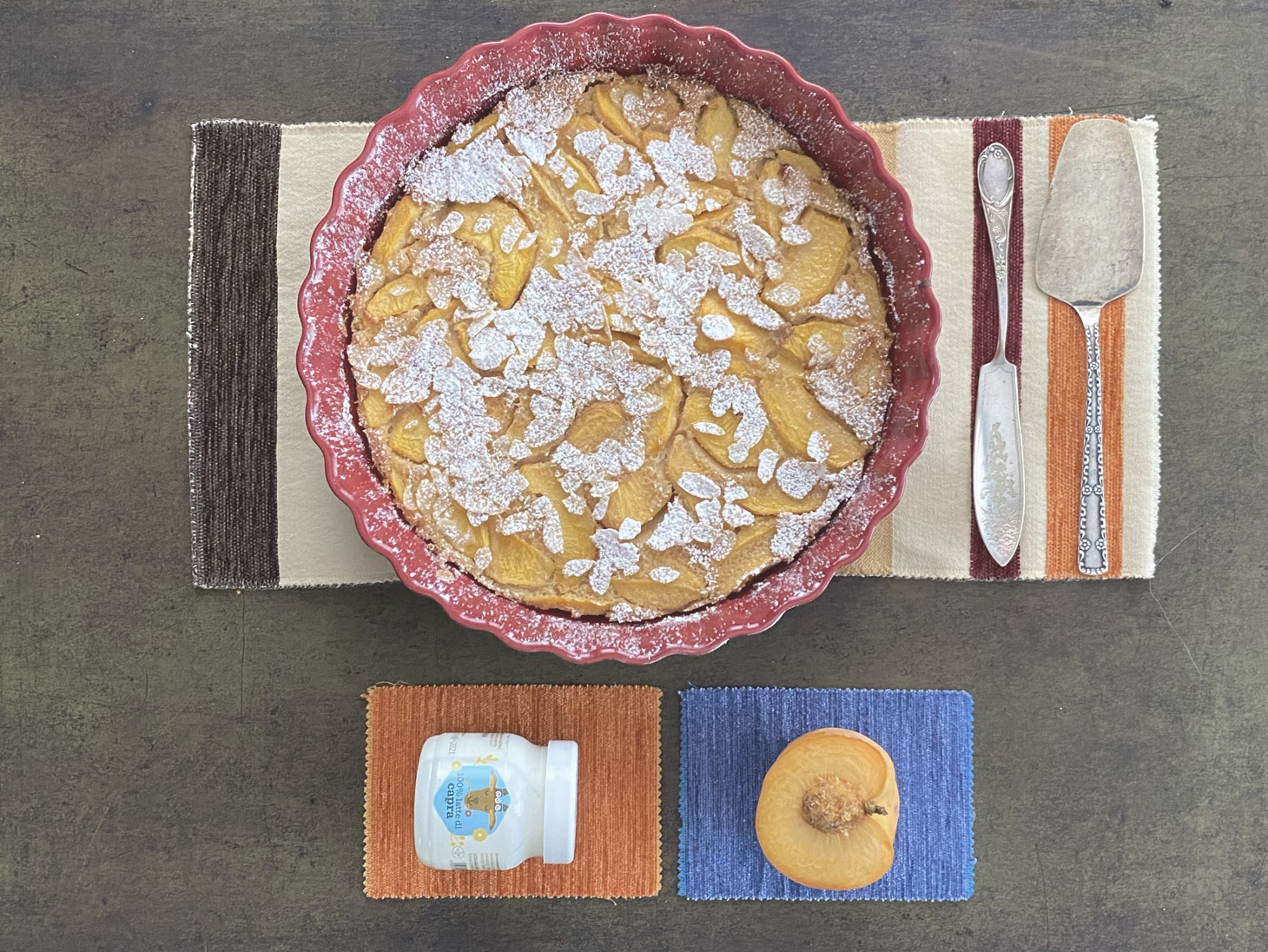“Memories, even bitter ones, become as sweet as peaches as they age.”
⏱ 4 MINUTES READING
A BIT OF HISTORY
Who does not associate a branch of peach blossoms with an emotion linked to China and the East? In fact, the peach tree has been known for more than 5000 years in China, where it grew spontaneously throughout the territory. Peaches were consumed not only for their goodness but because they were believed to be powerful talismans against demons, evil spirits and the corruption of the body caused by time.
The peach tree from China arrived in the Mediterranean crossing the Caspian Sea and Persia (from which it took its Latin name persicum), Syria and Egypt, arriving in Rome in the first century AD. Here it was initially treated with suspicion, especially by Pliny and Galen, for the high cost, the ease with which it deteriorated but above all for the slight fuzz that covered it.
Does your beloved grandson have peach cheeks? Not by chance: in Egypt the peach tree was consecrated to Harpocrates, god of silence and childhood (an oxymoron, I know).
BE CAREFUL TO THE PULP
There are really a lot of peaches: at least one hundred varieties can be recognized.
The first classification is made in relation to the species they belong to and the type of product supplied, so they are divided into: peaches to be consumed fresh (white and yellow); nectarines for fresh consumption (white and yellow, with hairless skin); percoca peaches (considered industrial fruit). Compared to nectarines, yellow and white peaches are sweeter and more fragrant, while the latter, less sweet and keep longer, maintaining flavour and sweetness.
Percoca peaches, on the other hand, are very resistant, loved by the canning industry as they have a firm pulp, which remains even if immersed in syrup and easily detaches from the bone.
The following classification, the most widespread, is that which divides peaches according to the colour of the pulp: yellow and firm or white and white-pink. Another interesting distinction is based on the time of ripening, from very early (May) to late (September).
The most common varieties in Italy are: Federica, Romea, Tirrenia, Villa Giulia, Texana, Adriatica, Babygold, Carson, Andross and Jungermann. Finally, the Percoca Giallona di Siano is a variety of which Campania has obtained recognition as a Traditional Product: you will almost always find it in ceramic jugs, immersed in white or red wine.
LET'S EAT A PEACH
A slightly acidic and particularly sugary, soft and tasty fruit, adored by the stomach. It is also very nutritious: rich in soluble sugars, available carbohydrates, calcium, phosphorus and magnesium.
Do we have vitamins? Of course! A, C, PP and some of the B family. As if that were not enough, the peach is rich in insoluble fibre which gives a very high sense of fullness, so it is often integrated into diets, perhaps to conclude a not very satiating meal.
Definitely low in calories (25 Kcal per 100 g), energetic, diuretic, refreshing, even a bit laxative and an aid to digestion. With the leaves we can prepare hypotensive herbal teas and with the flowers relaxing potions.
NOBLESSE OBLIGE
Thanks to its beauty and elegance, the peach was “object” of cult: poets, painters and sculptors of all ages have told of love, beauty, fidelity and immortality through the fruit of the peach tree.
At the beginning of 1900 was very usual to dedicate peach-based desserts to important persons: to Princess Alexandra, wife of Edward VII, was dedicated a dessert with Kirsch and marasca cherries, not very dissimilar from the one conceived in honor of the Empress Eugenia, further decorated with wild strawberries and served with champagne zabaglione.
Anna Maria Pellegrino
Chef and Foodblogger
PEACH GAZPACHO WITH THYME
Peppers are sometimes difficult to digest. To remedy this, just replace the solanaceae vegetables with a fruit, like peaches, which goes very well with blue and goat cheeses.
COURSE: starter, vegetarian
SERVES 4 people
LEVEL: simple
PREPARATION TIME: 20 minutes + rest
COOKING TIME: 1 minute
INGREDIENTS
1 kg ripe peaches (better percoche)
30 g crumbs of soft bread (or brioche bread)
2 tablespoons of apple cider vinegar
2 tablespoons of extra virgin olive oil
fresh thyme leaves and sprigs
50 g of zephyr cane sugar
Bengal long pepper
80/100 g of Ol Sciur Blu di Capra
METHOD
Melt the sugar in a saucepan with a spoonful of water, bring it to boil and set aside. Cool completely or use a blast chiller.
Blanch the peaches for 30 seconds, remove the skin and stone, dice the pulp, transfer it to a glass container with the vinegar and the crumbled bread. Leave to macerate in the fridge for 6 hours.
Transfer everything to the mixer and blend for a few minutes, adding the oil slowly, emulsifying, and a couple of tablespoons of water, if necessary.
Add the thyme leaves and refrigerate until serving.
Serve in individual bowls with crumble of blue cheese. Decorate with fresh thyme leaves and perfume with Bengal long pepper.
ALMOST A NIÇOISE SALAD
Niçoise salad is a dish based on fresh vegetables originally from Nice and the French Riviera, initially composed of tomatoes, anchovies and olive oil, and enriched with hard-boiled eggs and other seasonal vegetables. On the Ligurian coast, the dish, characterized by boiled green beans and potatoes, is called Condiglione. Our proposal differs for the use of peaches and the Ermes rice, served separately as a crunchy carbohydrate.
COURSE: main dish
SERVES 4 people
LEVEL: simple
PREPARATION TIME: 20 minutes
COOKING TIME: 10 minutes
INGREDIENTS
4 peaches (better percoche)
4 organic eggs
200 g green beans
100 g datterino tomatoes
200 g Ermes rice, steam cooked
Olive Kalamata Denocciolate, to your taste
Capperi di Racale al Sale Marino, to your taste
leaves of fresh basil
extra virgin olive oil
salt flakes
freshly ground black pepper
METHOD
Put the eggs in a saucepan with cold water and count 6 minutes from the moment of boiling. Cool them, peel them and cut them into four quarters.
Blanch the green beans in lightly salted water: transfer them to a bowl and season with extra virgin olive oil.
Rinse the capers and mix them with the olives. Peel the peaches and cut them into wedges. Cut the datterino tomatoes into wedges.
Compose the dish by dividing the ingredients into individual bowls: start with the green beans and follow with olives and capers, eggs, tomatoes, peaches and finally the basil leaves. Adjust the taste with salt and pepper and serve with a drizzle of extra virgin olive oil.
Pair the salad with freshly seasoned steamed rice.
PEACH CLAFOUTIS IN PORT WINE
A French dessert, as simple as it is famous, which was created to wrap cherries in a soft dough similar to that of crêpes: a fast baking, and voila. In our recipe, a little goat yogurt is added in the dough to give a pinch of acidity that will make the sequence of spoonfuls even more delicious, and we also added a short marinade in the Port wine. Important: all ingredients must be at room temperature.
COURSE: dessert
SERVES 4 people
LEVEL: simple
PREPARATION TIME: 20 minutes
COOKING TIME: 40 minutes
INGREDIENTS
1 kg peaches (better percoche)
100 g zephyr sugar, also cane one if desired
50 g Petra 5 flour
2 organic eggs and 2 egg yolks
250 g Yogurt intero di Capra Chiuro
30 g almonds cut in thin slices
30 ml Port wine
few tablespoons of milk, if necessary
Beurre de Baratte Demi-sel and flour for the round cake mould, 24-26 cm diameter
icing sugar for serving
METHOD
Blanch the peaches, cool them in cold water or with the blast chiller, remove the peel, remove the stone and cut them into thick slices: leave them to macerate in a bowl with the Port wine.
In a bowl, mix the sugar with the eggs, add the sifted flour, the yogurt made a little more fluid by a few tablespoons of milk, and mix until the mixture is smooth and without lumps.
Spread the peaches, also overlapping one to another, on the greased and floured mould, cover with the mixture and finish with the sliced almonds.
Bake in a preheated oven, static 180 °C, for about 40 minutes: the cake should remain a little soft.
Remove the clafoutis from the oven, let it cool and serve dusted with icing sugar.





